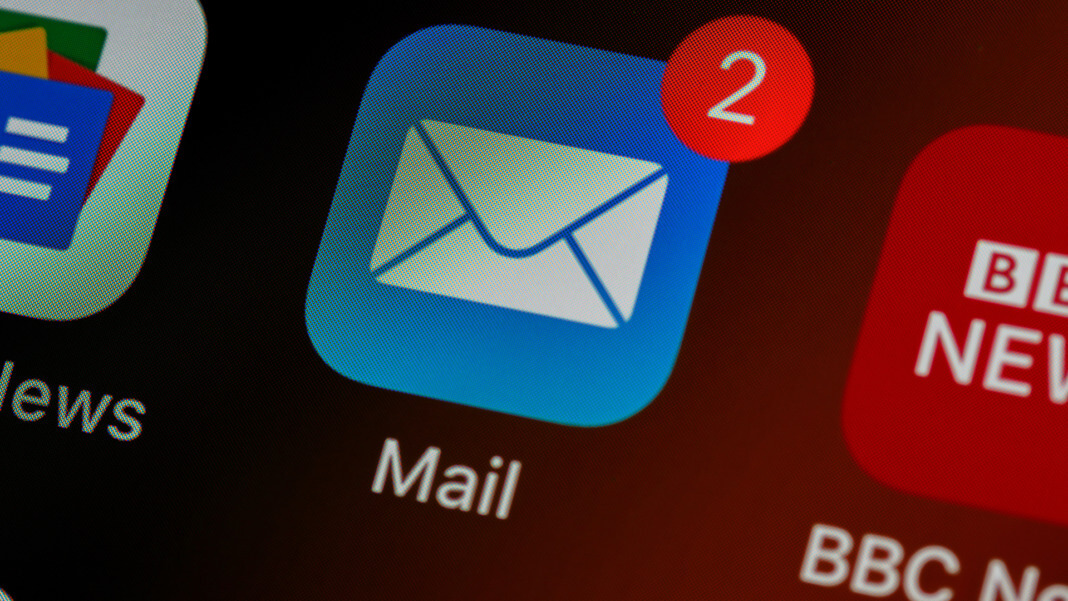Email marketing is one of the best ways to connect and communicate with your customers directly. You can use it for so many purposes – nurturing leads, updating customers, sending offers, and so much more.
There are billions of emails sent on a daily basis, and most of us are checking our mailboxes at least a couple of times a day. And when we see an email from a business that we are interested in, we will always check it. This is why email is a channel you should leverage to reach your potential and existing customers. In this article, you will learn more about email marketing and building a successful campaign.
What is email marketing?
Emailing was one of the first modern ways of communicating. You were able to reach every person at any place on the planet in a matter of minutes. It facilitates communicating so much. In the beginning, email was used mainly for personal and business communication, but at some point, marketing found out there was a lot of potential in this channel.
Today emails are part of our daily lives. We use them for work and to communicate with people but also to subscribe to a service or buy anything online, you need an email address. Once you give a business your email, they can reach you easily with various types of communication. It can be a simple order confirmation or regular marketing emails for promotions and offers.
Businesses use email marketing to connect better with their customers and keep the audience engaged. With modern emailing tools, you can create highly personalized emails that will show each of your customers the content that they will be interested in. You can increase your sales quite a lot because you will be showing relevant offers to each recipient.
Benefits of email marketing
Email marketing is a very cost-effective way to reach and communicate with your potential and existing customers. The return on investment is relatively high because everyone checks their emails at least a couple of times a day. So, if you are sending them relevant content, you have a great chance to make a sale with almost every email you send.
There are many benefits of email marketing, and here are a couple of the main ones:
- Engage with customers — You can send a personalized message to each recipient. You need to make sure you send them relevant content that will remind them about your business and potentially encourage them to return to your site and make a purchase.
- Increase website visits — If you send relevant content, your customers will be more willing to click on a link in your email. It can lead to a blog post, a specific offer, or a product. Once the customer is on your site, if the user journey there is well optimized, you can easily keep them on it.
- Get more sales — We all have our favorite shops and brands. We subscribed for their newsletters, and if they are sending us a special offer, we will either click on it and go to their online shop or go and visit a physical one. In this way, businesses can drive more sales and increase their revenue.
- Increase brand awareness — Your brand will become more recognizable and associated with your core values using email marketing. If you are regularly sending emails, you won’t allow subscribers to forget about you, and on top of that, you can share helpful content with them.

There are many other benefits like gaining insights about your public, promoting new offers and products, and others. So, if you are already convinced that you should use this marketing channel, let’s see how you should leverage it.
How to build a successful email campaign
There are a couple of steps you need to follow when you start building an email campaign. If you follow them, you will be able to create a successful and engaging campaign.
Build an email list
You can’t send emails without having email addresses to which to send them. This is why the first step would be to collect email addresses. Your list should be only with people interested in your content and who agreed to receive your messages. Otherwise, you risk being marked as a spammer, and your emails never reach customers’ inboxes.
A way to collect emails is to add a dedicated subscription form on your site or ask people if they want to receive emails while they are signing up/performing a purchase. Make these options visible, and you can offer some added value for the people that subscribe — a one-time discount or something similar.
A piece of advice – don’t buy email lists or add people that didn’t agree to be in yours. Also, respect if someone decides to unsubscribe. Keeping your email list clean is very important for email providers.
Determine the goals of your campaign
You can have multiple campaigns, and each should have a clear goal. If you don’t determine the purpose of each campaign, then you won’t be able to add relevant content. You can’t always send the same email to existing and potential customers because they are on a different stage of their user journey. Some of the most common campaign goals are:
- Welcoming new subscribers — It can be a small message saying thank you for joining our email list ;
- Nurturing existing customers — You can use it to send relevant content like blogs on how to use your service or offer them some promotion or specific products,
- Brand awareness — Show your customers what your business is about and what are your values and goal, so you can increase their loyalty and keep them engaged;
- Re-engaging — If a customer hasn’t visited your site in a while or hasn’t used your product, you might want to remind them about yourself;
- Nurturing leads — If a person left their email but didn’t finish the subscription process or performed a purchase, you can send them emails that will encourage them to do so;
- Newsletter — Regular updates about your business and products;
You can create an email campaign for almost any goal you can think of. By choosing the objective, you will know what content to put in the emails to make them relevant.
Choose an emailing tool
To create your emails and send them to your emailing list, you will need a tool that you can use. There are several email services you can choose from. When making your decision, you need to consider if the tool is easy to use, whether it will serve all your purposes, whether it offers the functionalities you need, and the price.
Most of the tools offer free trials or plans that you can take advantage of. This way, you will be able to test them and decide which one is the best for you. Of course, the tools that offer more functionalities are more expensive, but they will greatly facilitate your email marketing.
Create and test your emails
When creating emails, you need to consider the goal of each campaign. Write a relevant, engaging copy and add images that will compliment it. Don’t create emails with huge blocks of text or only with pictures.
Many tools offer you the option of personalizing email content based on different variables. Those variables can be various information you collected for your recipients like gender, age, interests, etc. So, you can show different products to each recipient, or you can use segmentation and send the same email but to different groups of recipients. If your content is engaging enough, you will have a big chance to convince them to go to your site and buy something.
Once you create your emails, don’t forget to test them. Send yourself a test and try out if segmentation, personalization, and automation work correctly. Don’t leave anything to chance. Keep in mind that your recipients will be using different devices and email applications, so check how email is displayed on a mobile or web and various email applications.
Analyze results and improve
Once you are finished with the design phase and are ready to send your emails, you have done just half of the job. When your emails are sent and your customers start receiving and engaging with them, you will be receiving the results of your campaign performance. You will have to analyze this data.
You will see how many of your emails have been opened, if the links were clicked, and many more valuable details. Based on that, you can make valuable conclusions and improve your campaigns. If you see that people are not engaging with your emails, maybe something is missing, and the content should be changed. You can always use A/B testing to check if your changes will improve the performance.
The analysis is maybe the most crucial part of building a successful email campaign. Is hard to nail something from the first try. Those insights will help you find which are the parts you can do better and, in the end, have a great performing email campaign.
Leverage the potential of email marketing
Are you ready to create your successful email campaign now? It is not easy, and it will take some effort, and it might not be perfect from the first try. However, email marketing has great potential and many benefits that you shouldn’t miss out on. Find the best way to address your customers, keep them engaged, and help your business grow.




